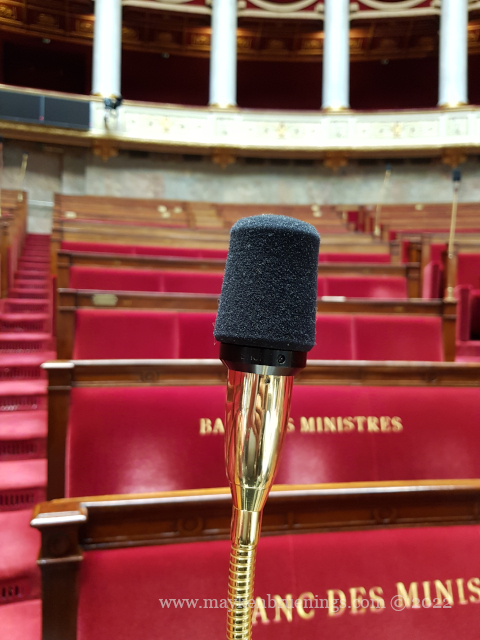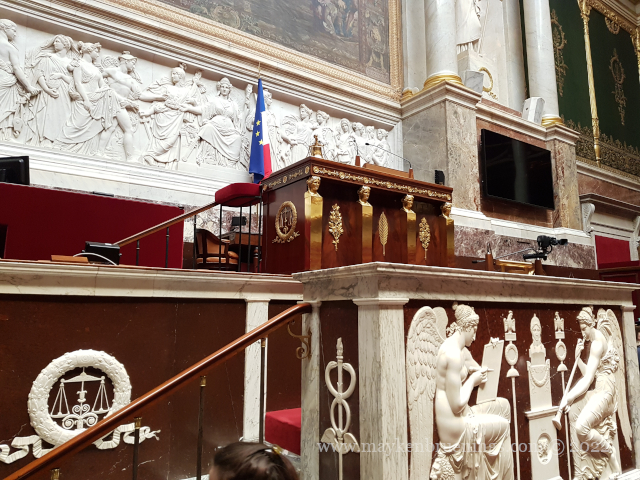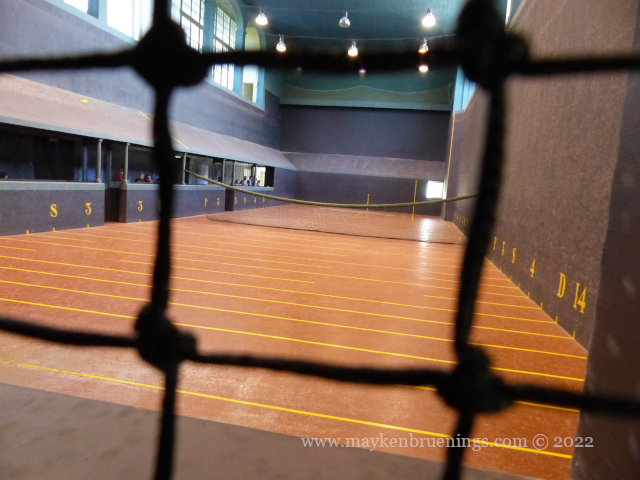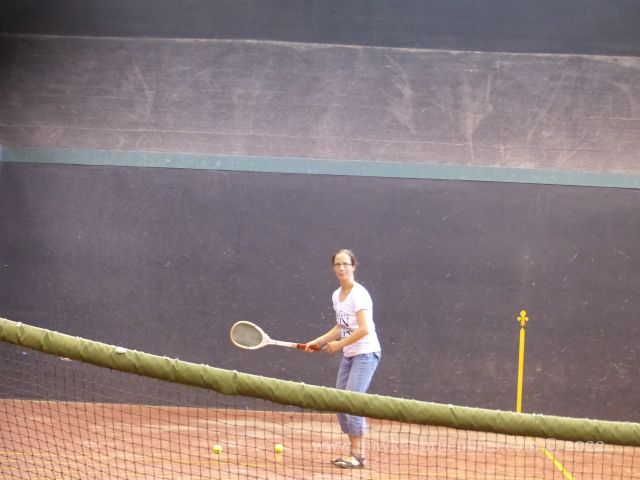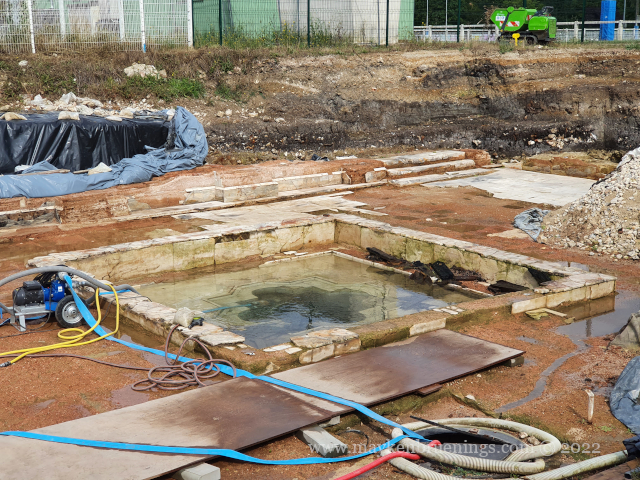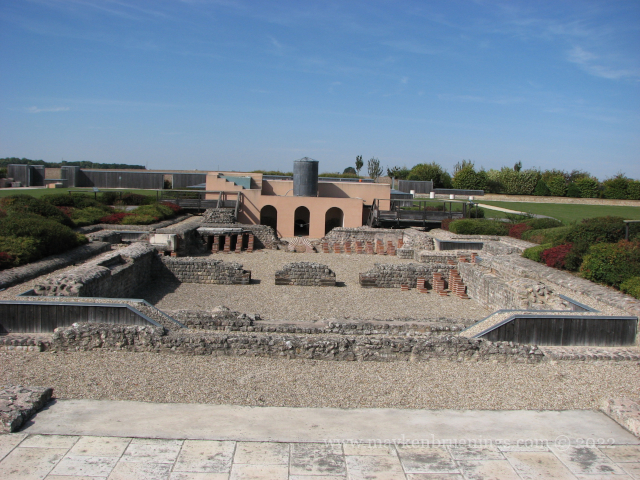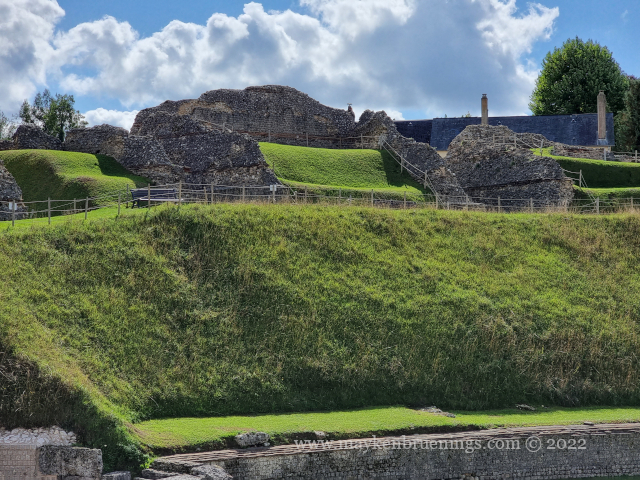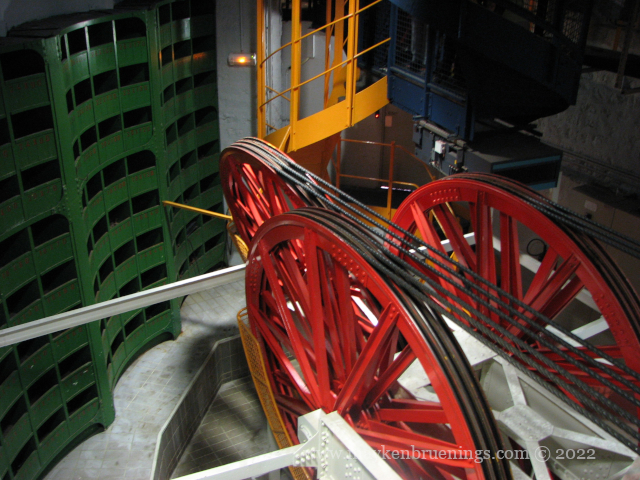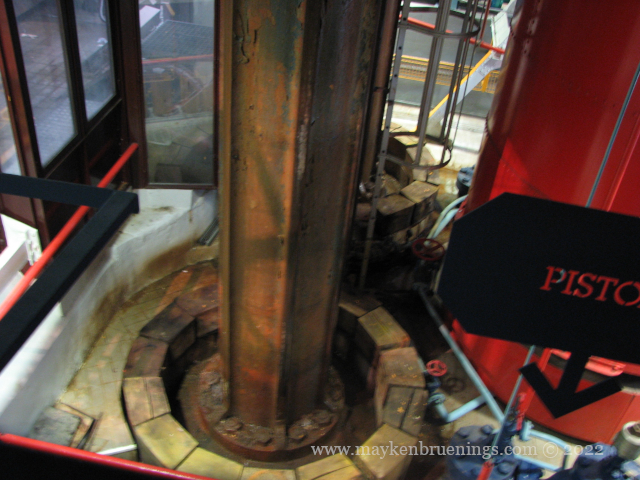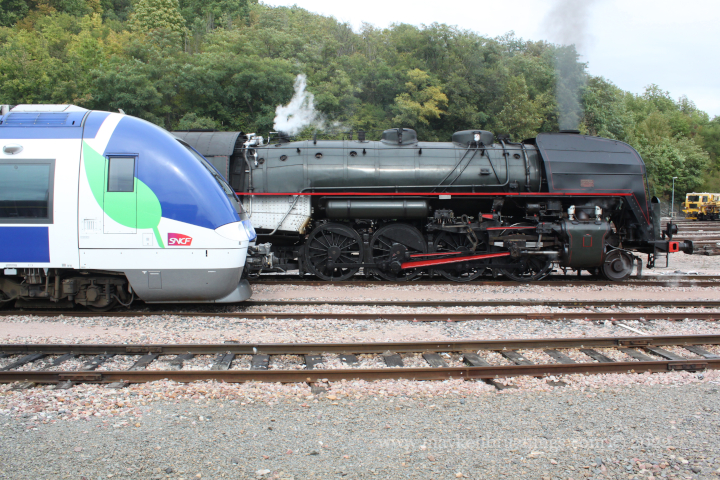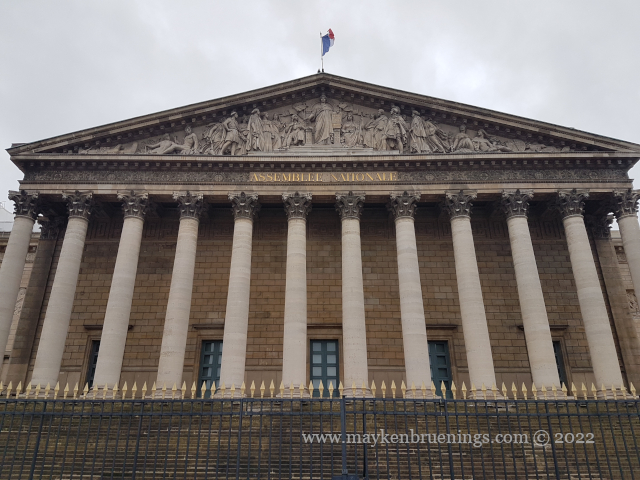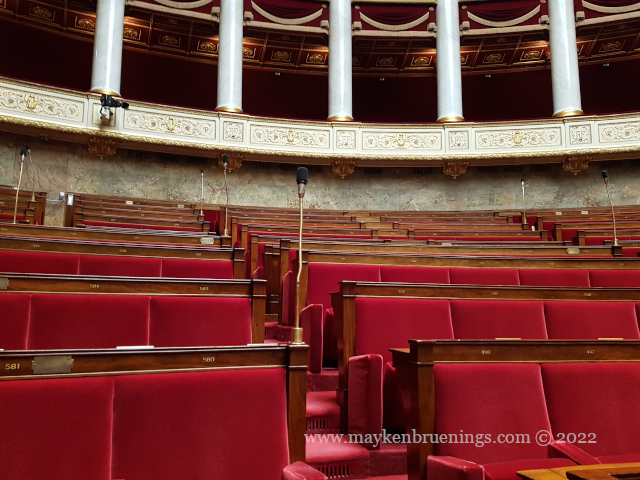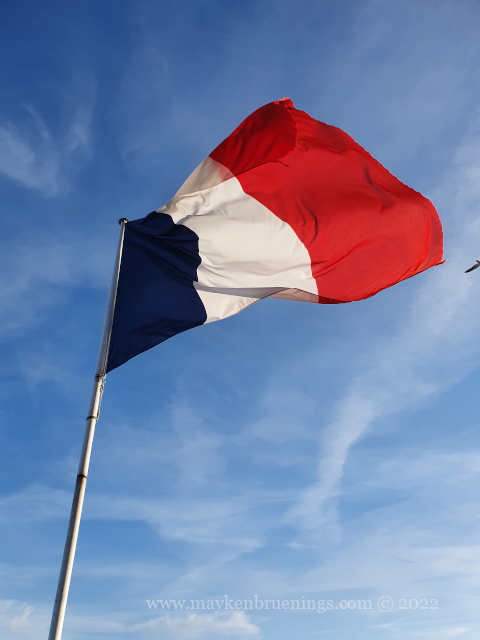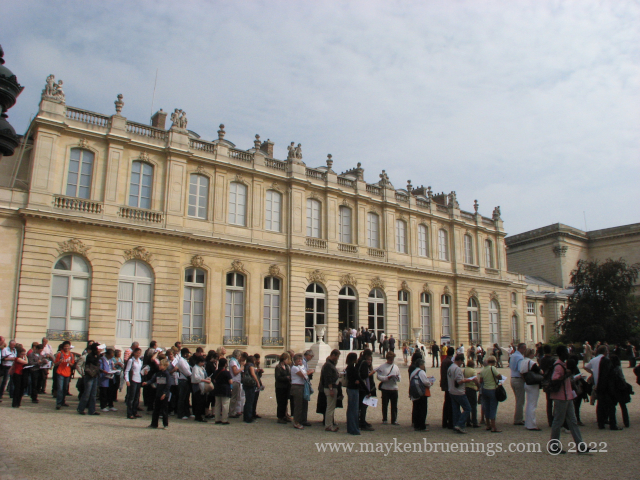
The European Heritage Days, based on an initiative of the then French Minister for Culture, Jack Lang, in 1984, now exist in 50 countries across Europe. In France, the Journées Européennes du Patrimoine, take place on the third weekend of September. This means sites that are usually closed to the public will be open, other sites will be free of charge, many will offer special activities and/or guided tours. Some will require reservations, but many will just let you drop in, from well-known institutions in big cities to ancient buildings in small villages. Often there will be activities for younger visitors.
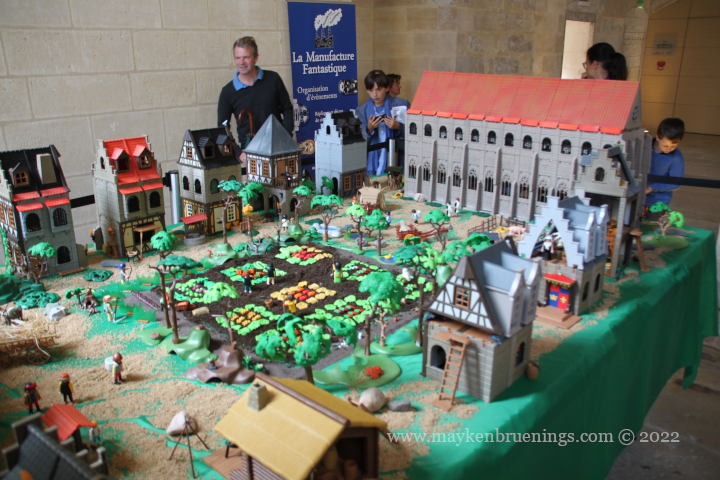
At some point, when you got in line at 5am at the Elysée Palace, you might be lucky and shake hands with the president, or do the same with the prime minister after queuing at the Hôtel Matignon. I once stood in line at the Senate, the Palais du Luxembourg and indeed met the president of the Senate, the upper house of Parliament. He is the third person of the state in order of importance, after the president and the prime minister, and before the president of the national assembly.
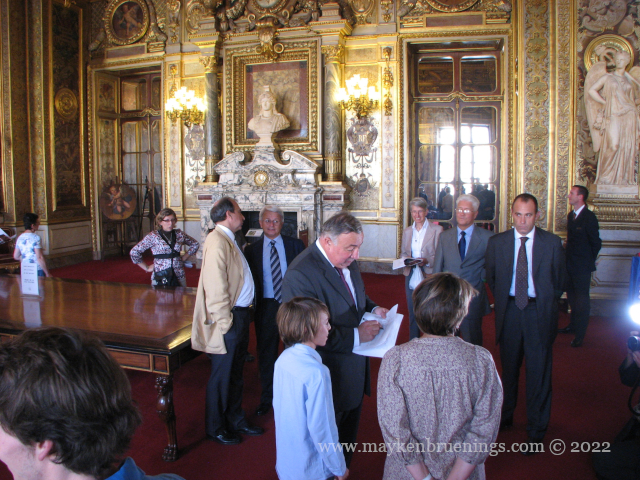
I am not sure though if you still queue for these institutions nowadays or sign up online, as I did to visit the National Assembly, the lower house of Parliament, more recently.
When you choose your visits, don’t overlook small events. You never know a hidden gem until you find it. For example, on year in the Latin Quarter, a college offered the visit of ongoing preventive archaeology digs – it turned out there were Gallo-Roman ruins on a site marked for construction, and archaeologists were trying to unearth and save as much as they could. This is something that will never be seen again!
Here are glimpses of some other interesting places I’ve visited during Heritage Days in and around Paris over the years:
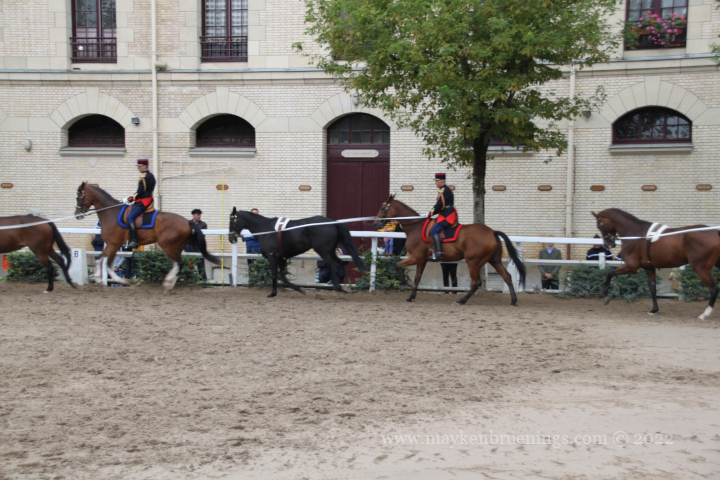
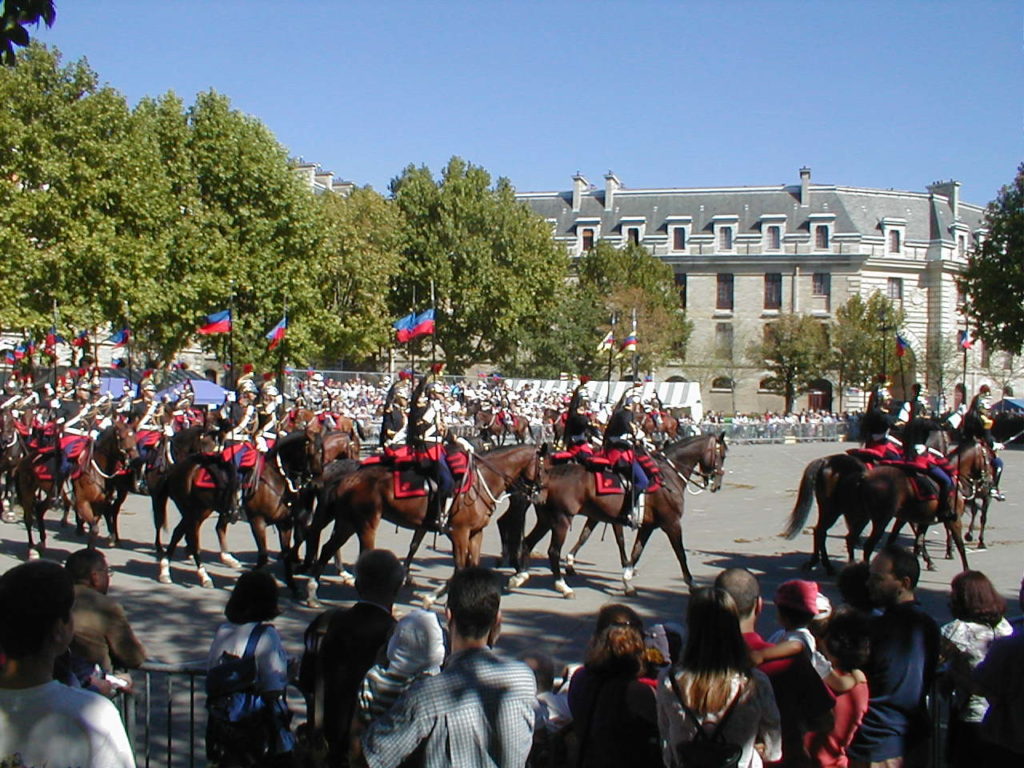
OLYMPUS DIGITAL CAMERA
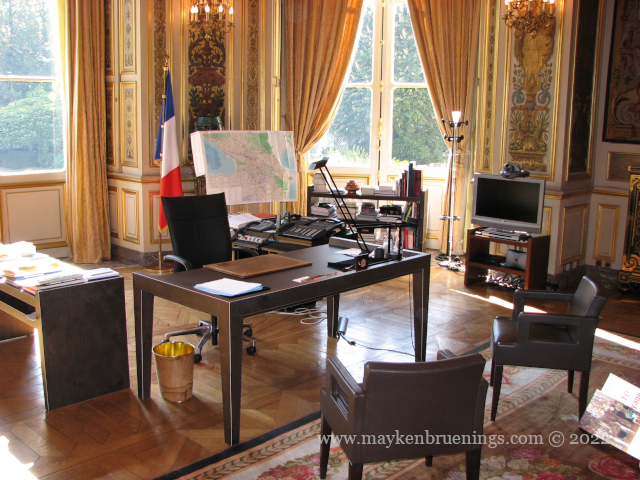
The minister’s desk at the French Ministry for Foreign Affairs at Quai d’Orsay 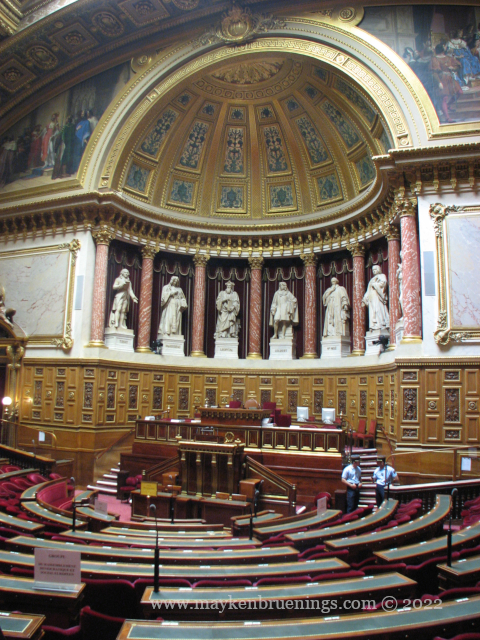
The French Senate
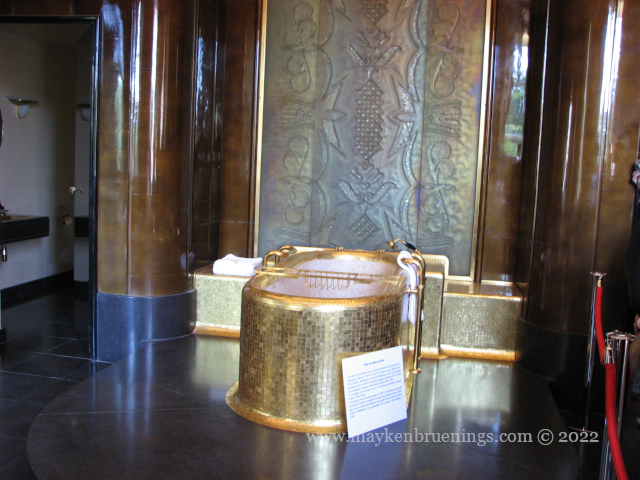
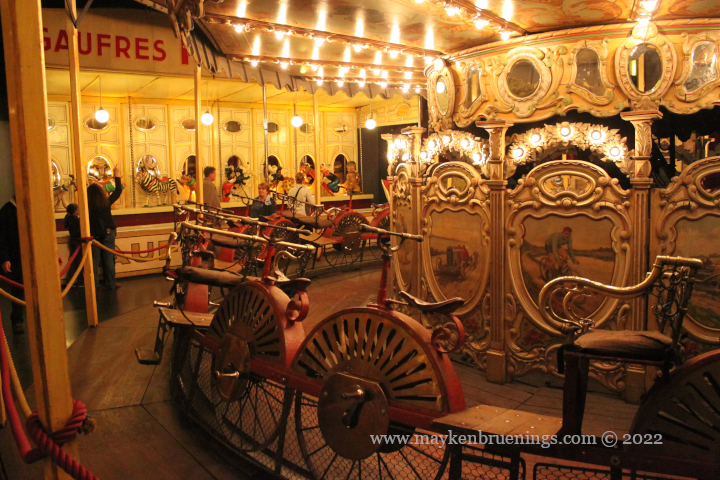
The Fairground Arts museum 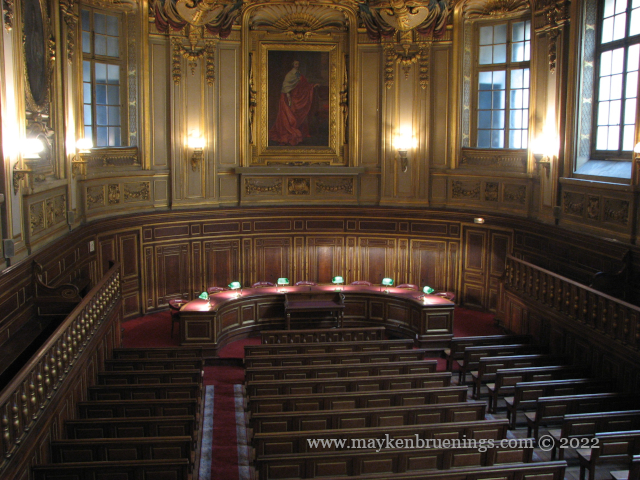
Sorbonne University
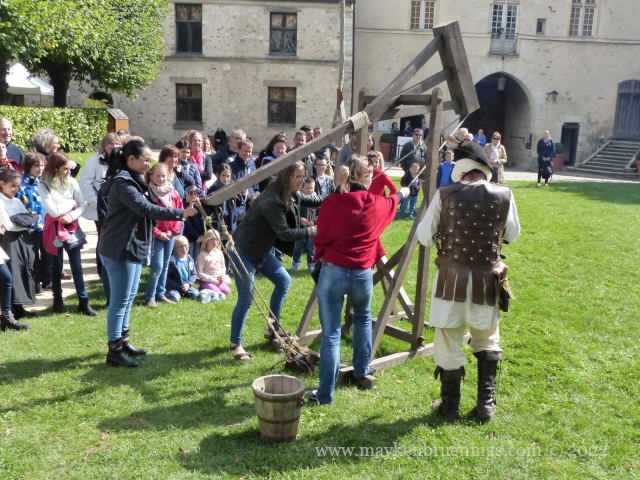
demonstrations at Dourdan castle 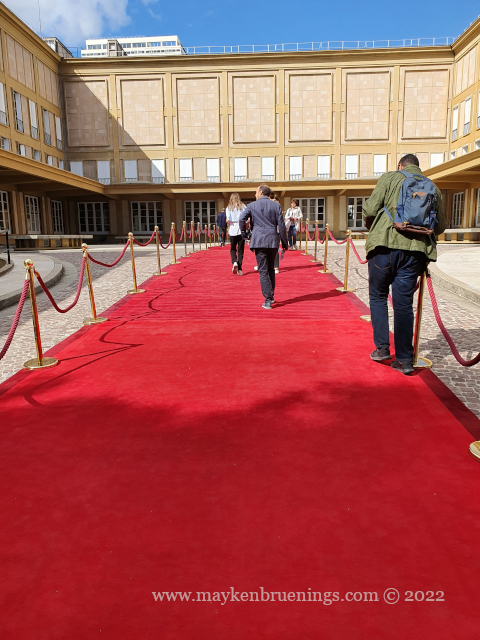
the red carpet of the Elysée Palace at Mobilier National, where all the furniture is stored
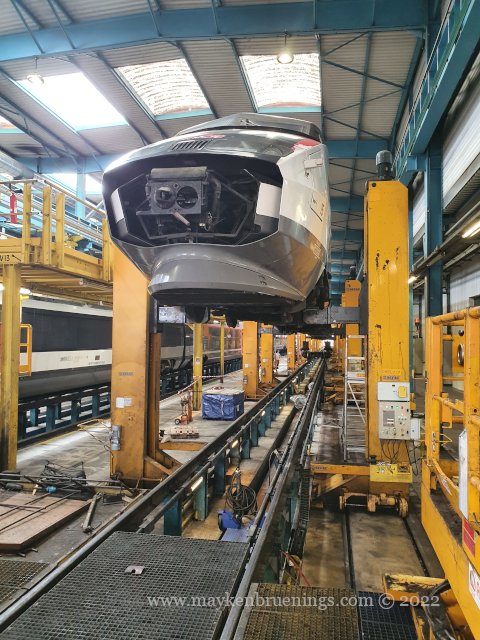
TGV maintenance 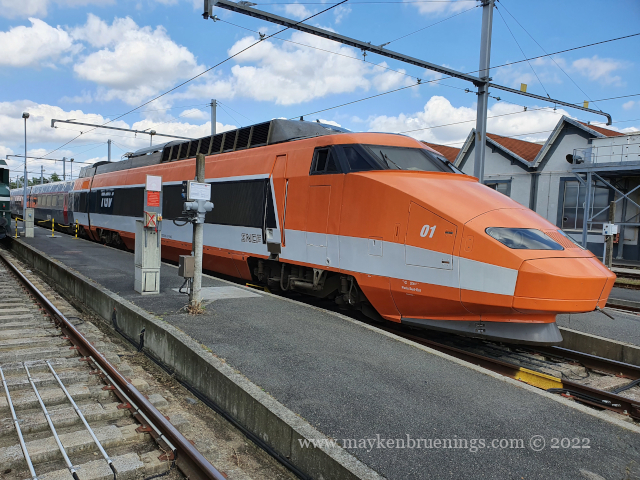
the very first TGV train

